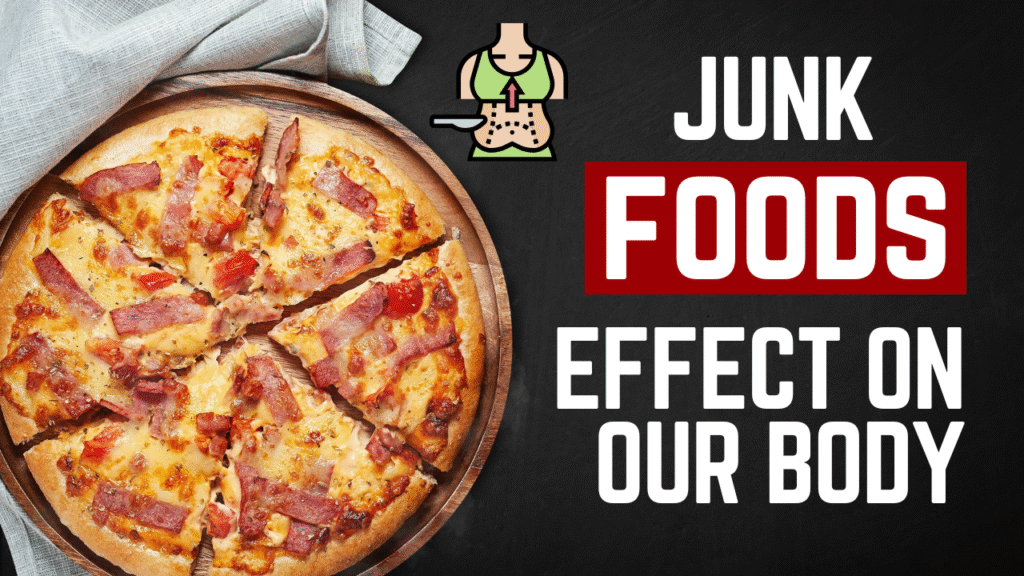A Timeless Culinary Tradition
France is widely regarded as one of the world’s greatest culinary nations. From rustic village dishes to refined haute cuisine, French food is known for its elegance, technique, and deep respect for ingredients. More than just meals, French cuisine is a way of life—deeply tied to the country’s culture, identity, and regional diversity.

A Rich Culinary History
French cuisine has a long and evolving history, dating back to the Middle Ages. At that time, meals were elaborate displays of wealth and power. During the reign of Louis XIV at Versailles, French chefs developed many techniques that still define fine dining today. In the 19th century, chef Auguste Escoffier revolutionized the kitchen by organizing staff into specialized roles (the “brigade system”) and establishing the foundations of modern French gastronomy.
Regional Diversity
What makes French food truly special is its regional variety. Each region in France offers distinct flavors based on its geography and traditions.
- Provence, in the south, is known for its Mediterranean flavors, with ingredients like olive oil, garlic, herbs, and tomatoes.
- Normandy, in the north, features dairy-rich dishes, apples, and seafood.
- Alsace, near the German border, blends French and German influences, with dishes like choucroute (sauerkraut with sausages).
- Burgundy is famous for its wines and hearty meals like boeuf bourguignon.
This diversity gives French cuisine incredible depth and keeps it dynamic and regional.
Bread, Cheese, and Wine
No discussion of French food would be complete without mentioning three of its most iconic products: bread, cheese, and wine.
The baguette is a symbol of France, so important that UNESCO added the “artisanal know-how and culture of baguette bread” to its list of intangible cultural heritage in 2022. French cheese comes in hundreds of varieties—soft, hard, creamy, moldy, and everything in between. Popular ones include Brie, Camembert, Roquefort, and Comté. Then there’s wine, a pillar of French dining. Whether it’s Champagne, Bordeaux, Burgundy, or rosé from Provence, wine is not just a drink in France—it’s part of the meal.
A Cultural Institution
In France, meals are meant to be enjoyed slowly. Lunches can last for hours, and dinner is a social event, not just a necessity. In 2010, UNESCO recognized “the gastronomic meal of the French” as part of the world’s cultural heritage. This includes not only the food, but the way it is presented, the importance of conversation, and the connection between food, family, and celebration.
Global Influence
French cooking techniques form the backbone of many culinary schools around the world. Terms like sauté, flambé, julienne, and roux come from French. French-trained chefs have influenced restaurants across continents, and dishes such as quiche, soufflé, and ratatouille have become international staples.
Conclusion
French cuisine is more than just food—it’s a philosophy of life. It values quality over quantity, respects tradition while embracing creativity, and celebrates the joy of eating together. Whether you’re sipping wine in a Parisian café or cooking a French recipe at home, you’re partaking in one of the richest culinary traditions in the world.


